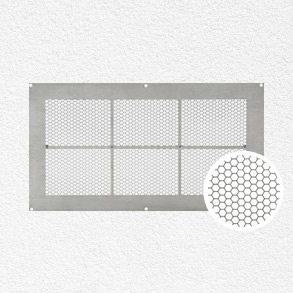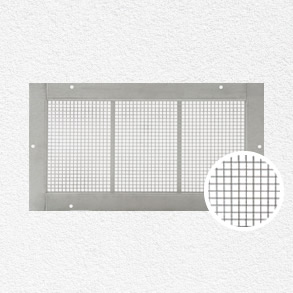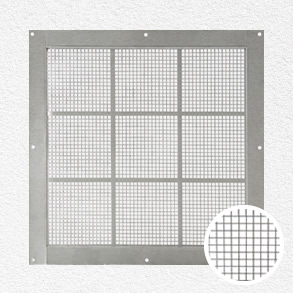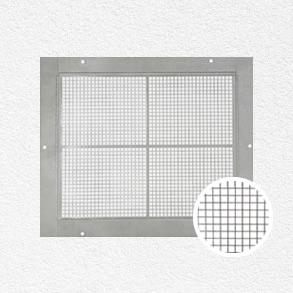You want to protect your home from flooding, but how should you do it exactly? In FEMA’s Homeowners Guide to Retrofitting, FEMA outlines six different ways of mitigating flood damage:
- Demolition
- Relocation
- Levee and floodwall protection
- Elevation
- Dry flood proofing
- Wet flood proofing
Let’s examine each of these options briefly, moving (more or less) from most to least substantial.
Demolition
Demolition is razing your home and rebuilding on the same property or buying a home elsewhere.
Relocation
Relocation is moving your home to higher ground to protect it from flooding.
Levee and floodwall protection
Levee and floodwall protection is constructing barriers to prevent floodwaters from entering your home. A levee is usually made of compacted earth while a floodwall is build of concrete or masonry. While most of us are familiar with the use of these to protect large areas (such as cities), they can also be used to protect a single home. See FEMA’s Barriers for more information.
Elevation
Elevation is raising your home so that the lowest floor is above flood level. Common elevation methods are lifting the house and building a new foundation below or adding an elevated floor or new upper story. More information on elevating your home is available in FEMA’s Elevating Your House.
Dry flood proofing
Dry flood proofing is sealing your home’s exterior walls to protect it from flooding. This usually involved sealing the walls with waterproof coatings, impermeable membranes or an additional layer of masonry or concrete. It will also include installing watertight shields over windows and doors, and implementing means to prevent sewer backup. For more details, see FEMA’s Dry FloodProofing.
Wet flood proofing
Wet flood proofing is making uninhabitable parts of your home resistant to flood damage when water is allowed to enter during flooding. This generally includes using flood resistant materials, protecting mechanical and utility equipment and using openings such as flood vents.
One of the key benefits of wet flood proofing is that it can reduce the effect of hydrostatic pressure, which, if not controlled, can structurally damage your home.
For more details on wet flood proofing, read FEMA’s Wet Floodproofing.
For more information about our FEMA compliant flood vents, contact Flood Solutions.






